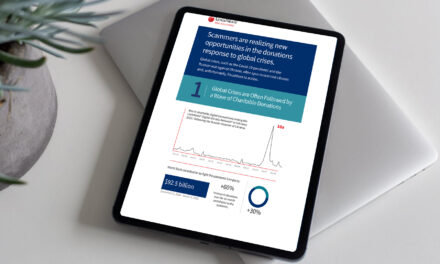Faster, easier and more secure sign-ins across leading devices and platforms, using FIDO credentials.
Password-only authentication is one of the biggest security problems on the web, and managing so many passwords is cumbersome, which often leads consumers to reuse the same ones across services. This practice can lead to costly account takeovers, data breaches and even stolen identities.
While password managers and legacy forms of two-factor authentication offer incremental improvements, there has been industry-wide collaboration to create sign-in technology that is more convenient and more secure.
Expanded standards-based capabilities will give websites and apps the ability to offer an end-to-end passwordless option. Users will sign in through the same action that they take multiple times each day to unlock their devices, such as a simple verification of their fingerprint or face, or a device PIN.
Apple, Google and Microsoft have committed to expand support for this new approach, which makes protection against phishing and sign-in radically more secure when compared to passwords and legacy multi-factor technologies such as one-time passcodes sent over SMS.
Check out this infographics to find out what multi-device passwordless authentication looks like.






















